Field Testing the Canon RF 35mm f/1.8 IS
In addition to my new R6 Mk II body, I picked up a Canon RF 35mm f/1.8 Macro lens. I really didn’t need another 35mm (I have an excellent, vintage EF f/2.0), but the slightly faster aperture, upgraded 9-blade diaphragm, modest price tag, and glowing reviews made me want to try one. Was it worth the upgrade?
It’s considerably larger than my 35mm f/2.0 which I absolutely love carrying around. That particular lens is just about the perfect size for my taste, even with the EW-65II lens hood. Incidentally, it’s nearly the same size as the RF 50mm f/1.8 which I recently picked up, but haven’t tested extensively yet.
Nearly every review of the RF 35mm f/1.8 is positive and I can actually see why-It’s a fantastic prime lens. I probably could have lived without the IS feature since my mirrorless body has built in IBIS, but I’ll keep it on most of the time to insure a sharp photo when I don’t have my tripod with me. My copy is sharp from edge-to-edge at reasonable apertures (like above f/2.0).
I have to say, I absolutely love this focal length (particularly for event, street, and travel) and this fast lens does it justice. It’s incredibly sharp, with great color rendition and decent [out of focus] bokeh. The build is slightly larger than I prefer but that’s the trade off for the IS and optical-quality I guess.
If you’ve been following my work, you’ll notice that I’m not a huge bokeh guy. I generally tend to watch my backgrounds carefully and integrate them into the shot. I don’t mind blurry backgrounds at all, but I rarely shoot wide-open. Consequently, there aren’t really any bokeh-monster shots in my sample gallery here. Nevertheless, Canon should be commended for making fast glass like this for an affordable price point. In my opinion, this lens and the 50mm f/1.8 are the best values in the Canon lineup.
Build quality is perfectly fine. I rarely use manual focus so I don’t really take the focus ring into consideration. If a Canon L lens drops, it will break. If this lens drops, it will break. There really isn’t much to consider there.
Canon dropped the ball on the optional lens hood for this thing. The EW-52 hood is a terrible design and an obvious afterthought they had for the lens. Fortunately, the aftermarket has picked up the slack. I bought a JJC LH-RF35F18 hood and it is an ok solution. Using a press-fit adapter, the (tulip) hood clips on to that that, and protects the front element from bumps and cuts down on lens flare at certain angles. It seems a bit difficult to remove, so I’m not sure if I’ll find a different solution instead.
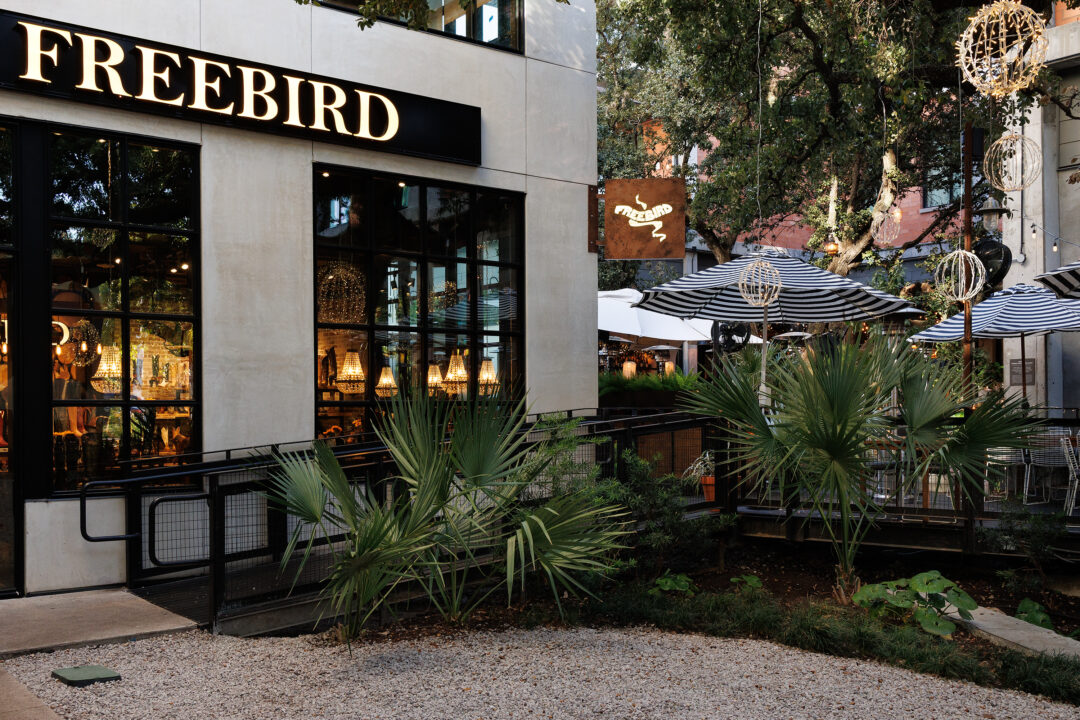
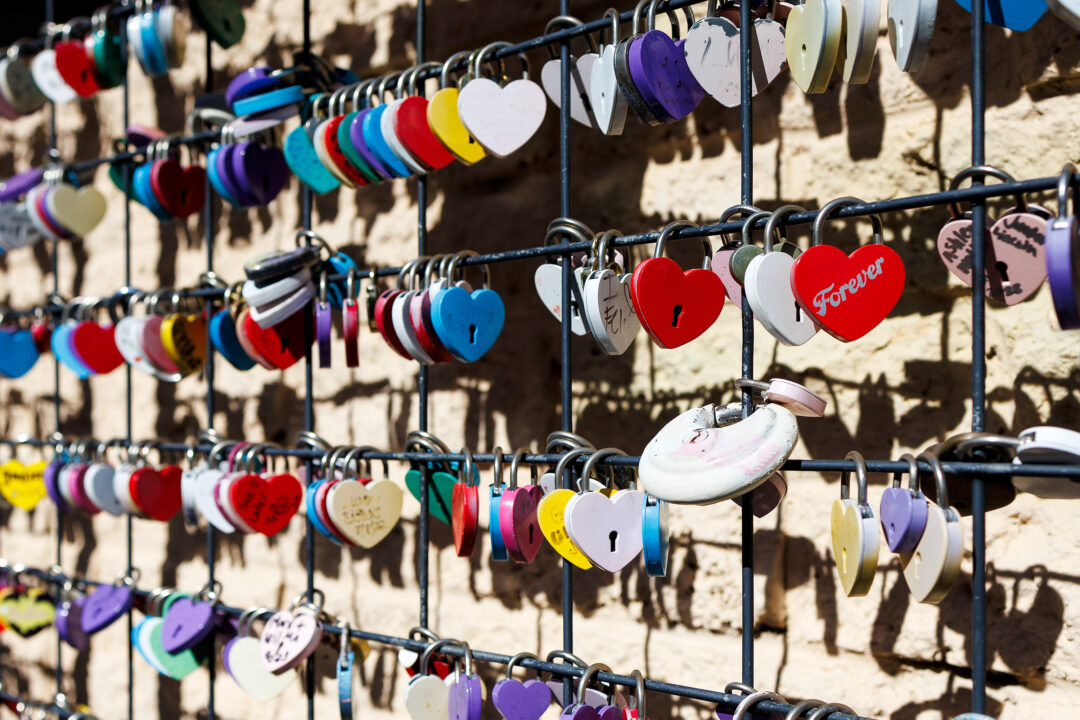
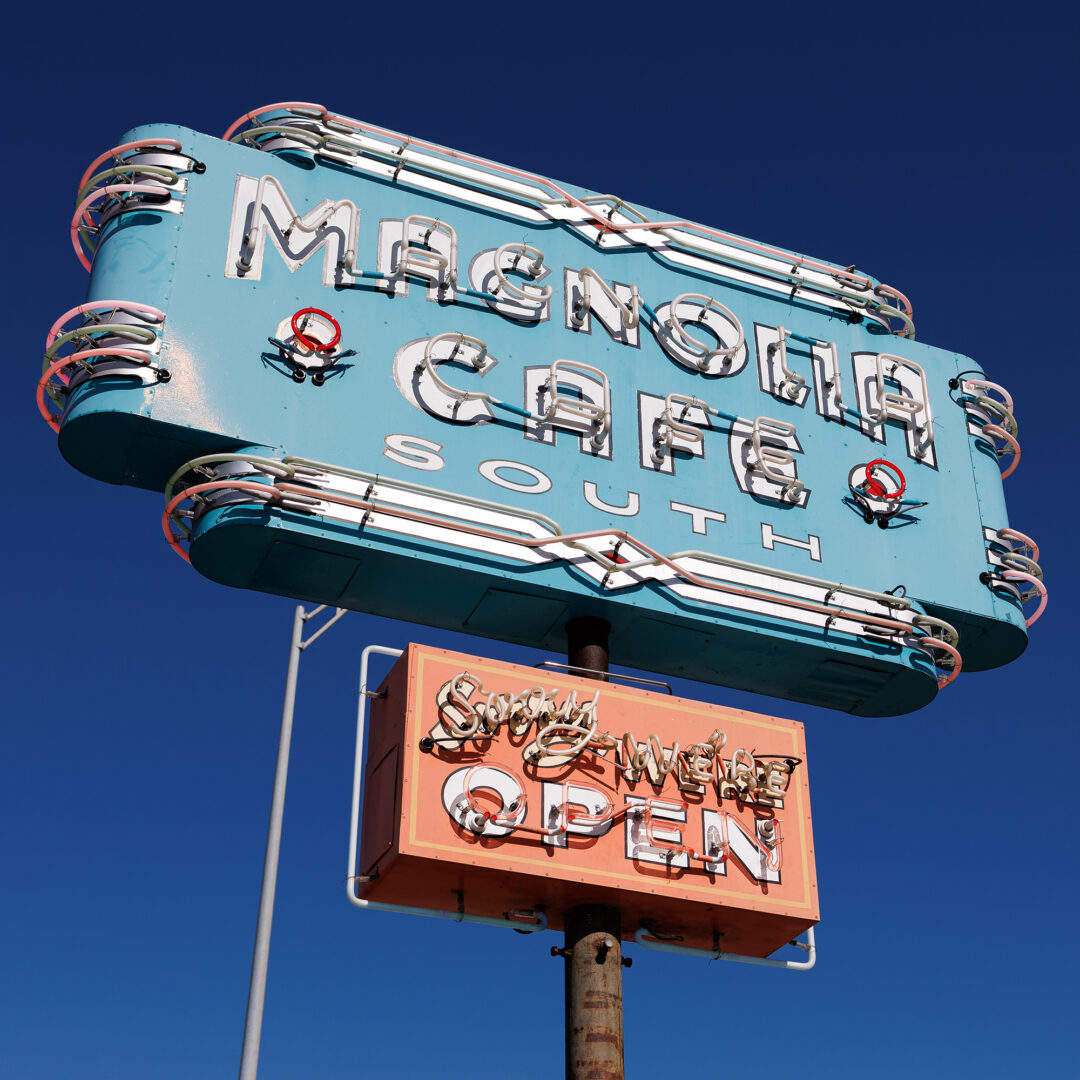
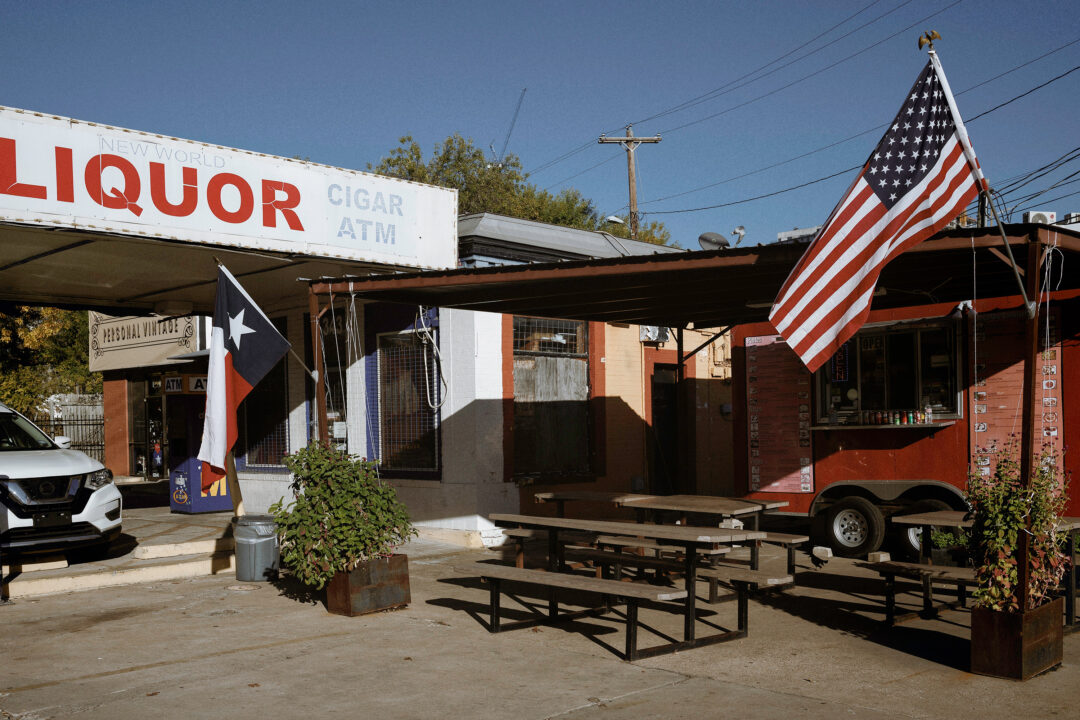
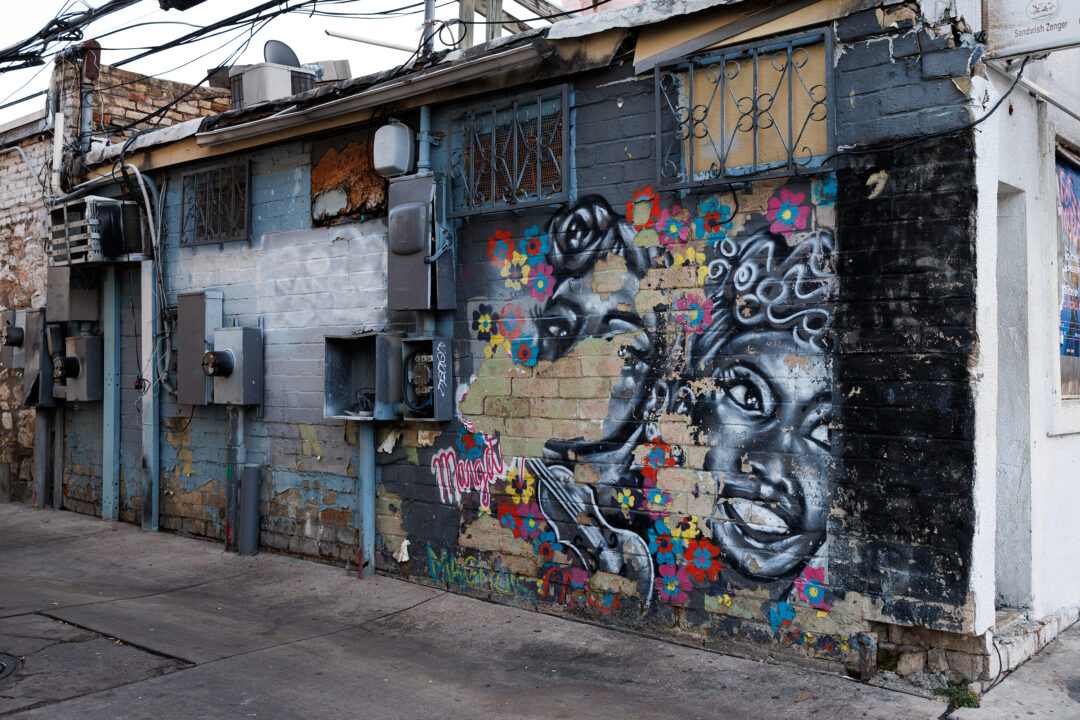
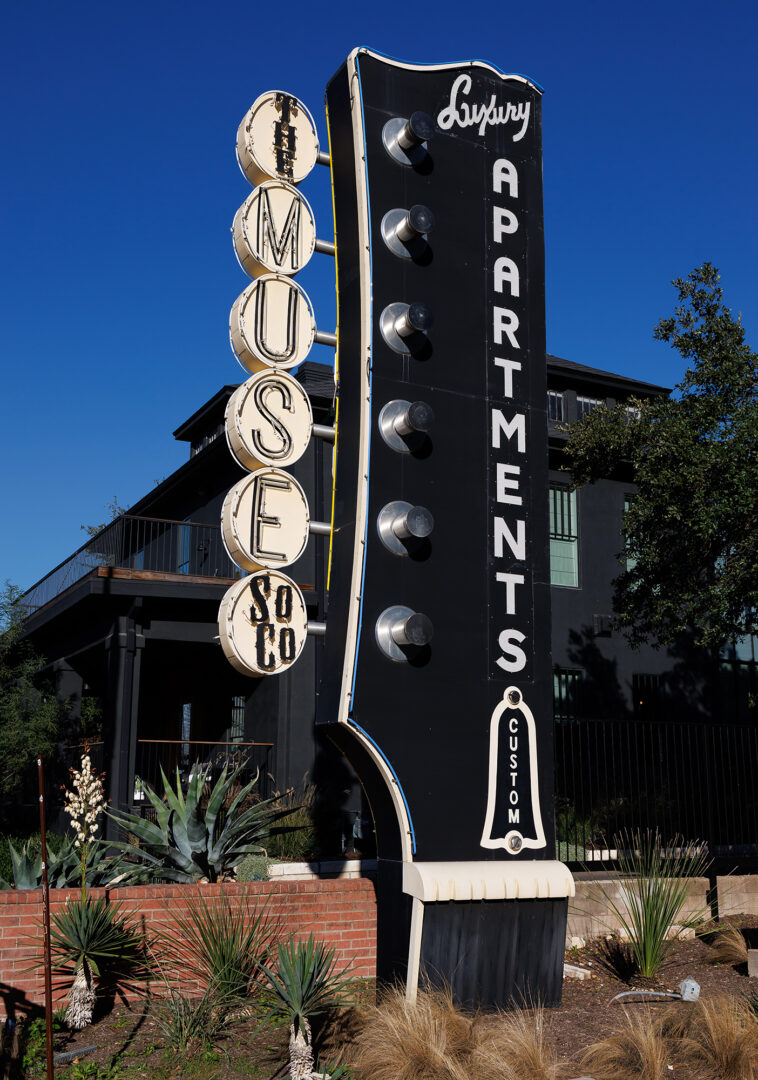
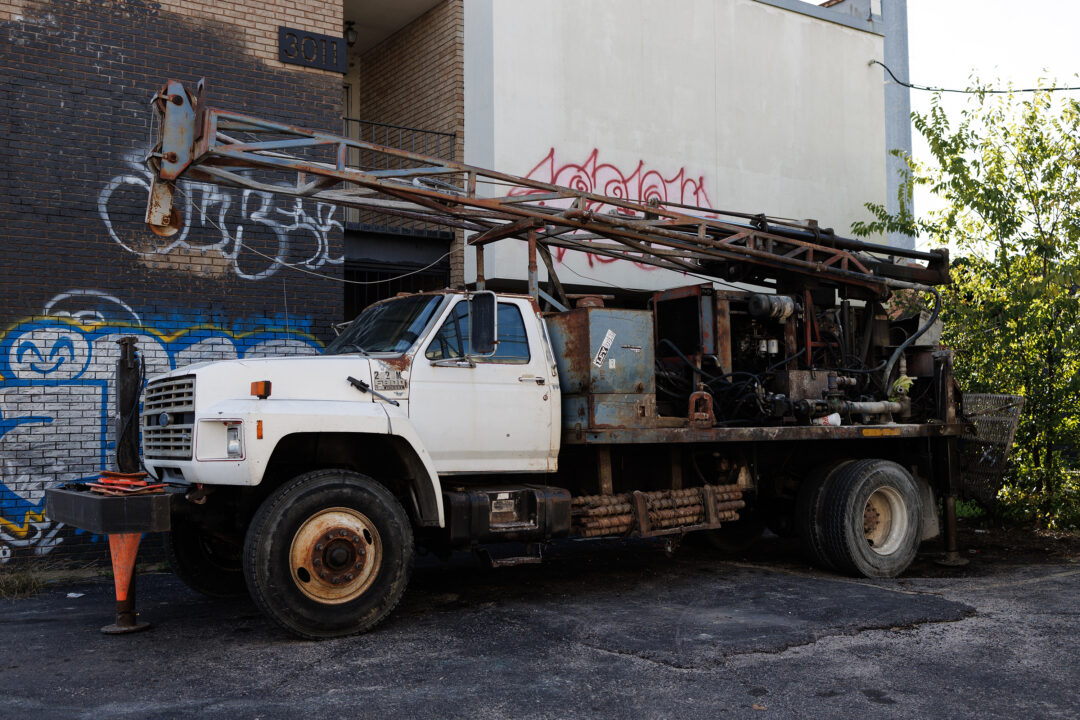
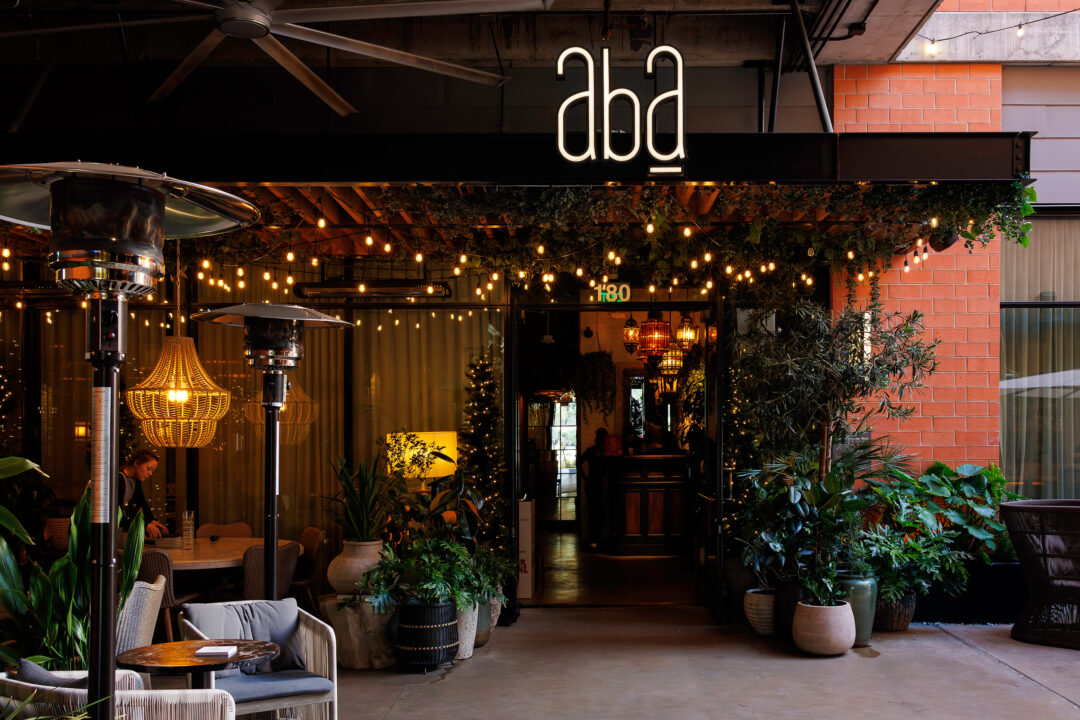
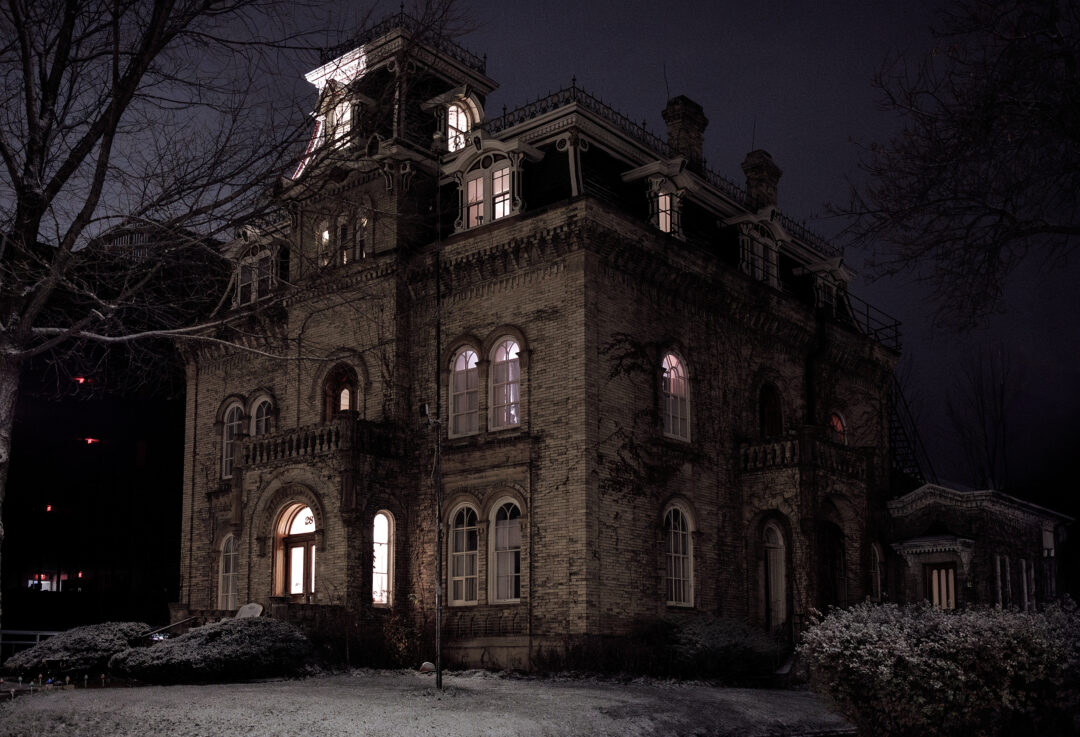
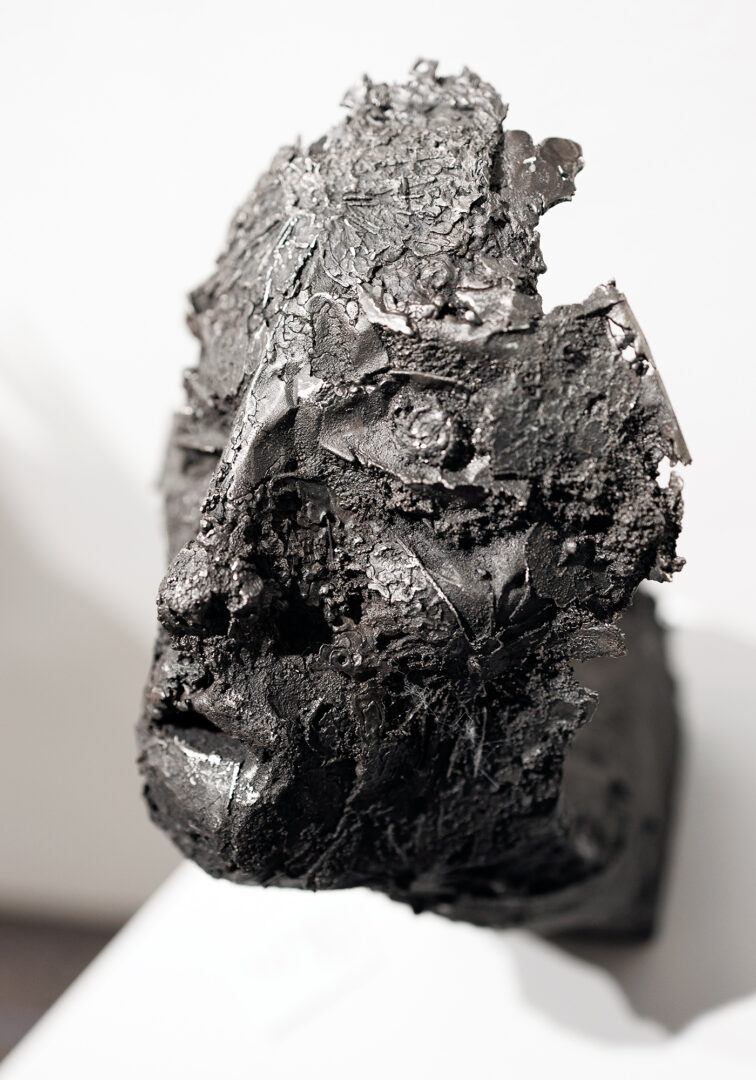
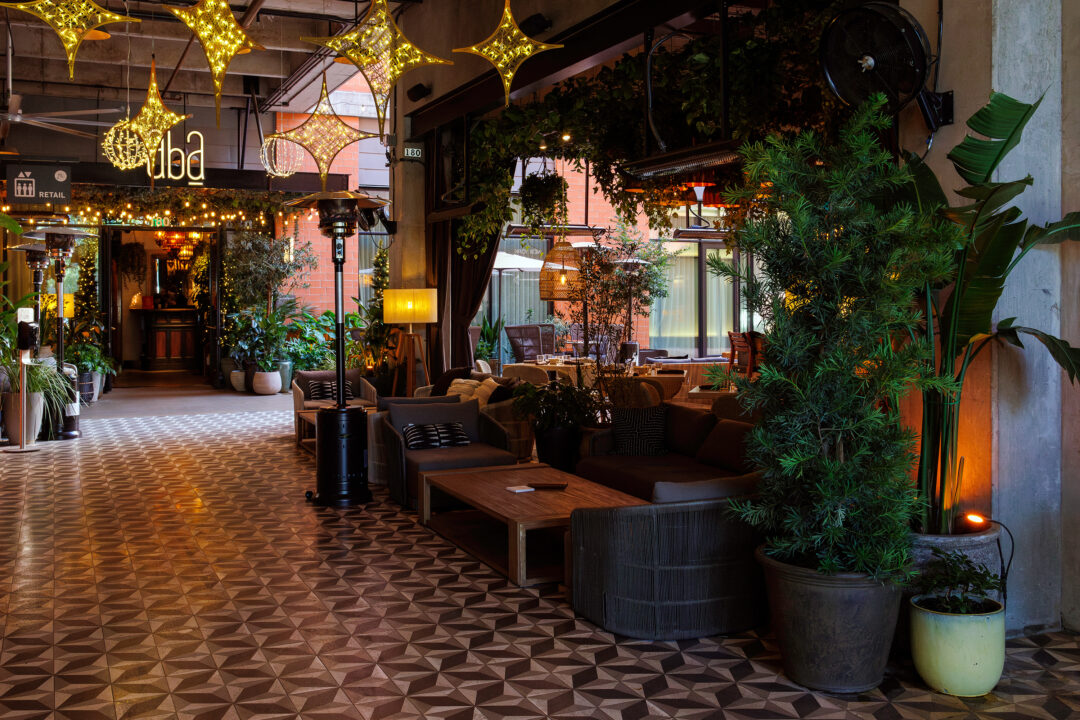
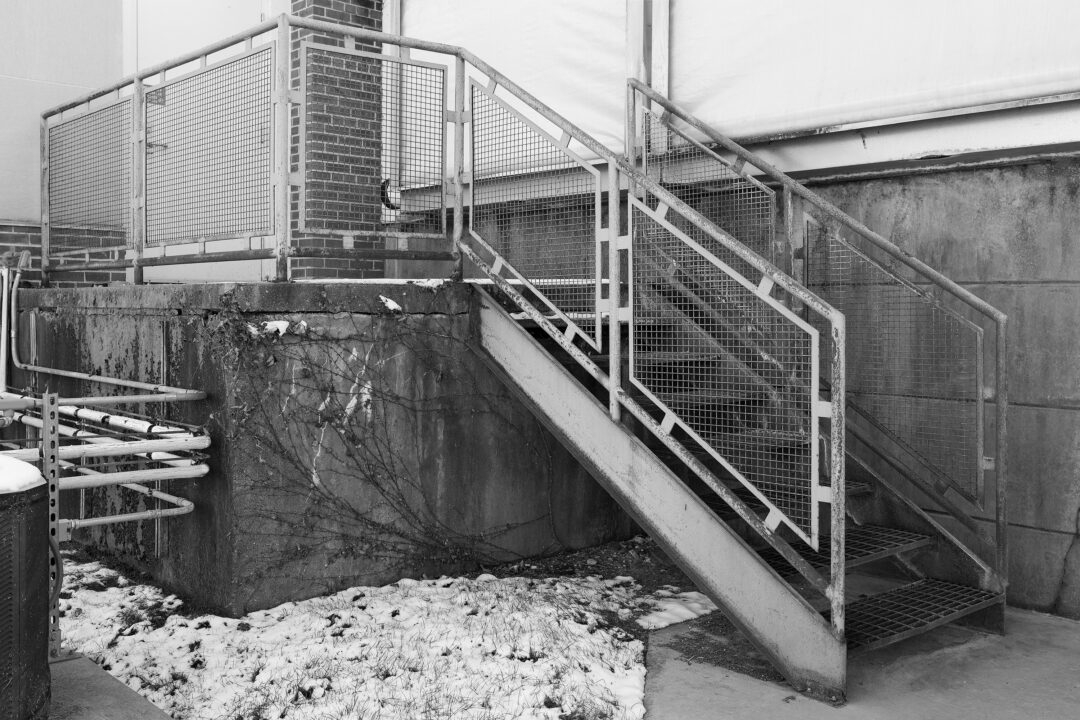
Overall, I had a great time walking around with this lens in December. My three favorites lenses to walk around with are: this RF 35mm, the 40mm f/2.8 and a 50mm f/1.8. This lens is one of my sharpest and I think the samples demonstrate that. The aperture of f/1.8 offers me plenty of shallow depth of field on the 35mm focal length. You can see in the photo of the mask, that even at f/2.5, only a sliver of the subject is tack-sharp and the rest gently falls out of focus.
